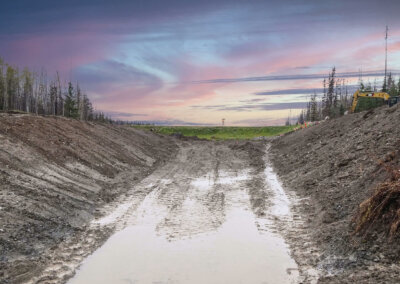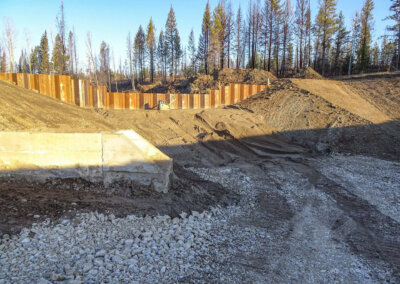About the Project
Minton Lake Dam was constructed in 1941 and recent studies had identified multiple safety deficiencies in the existing dam and ancillary structures. Therefore, BC Ministry of Forests, Lands and Natural Resource Operations (FLNRO) had identified a requirement to rehabilitate or replace the dam. Minton Lake reservoir is used as a water source to provide water supply to BC Wildfire Services (BCWS) air tanker base to fight wildfires. BCWS and FLNRO collaborated with Hatch to develop a replacement option that would ensure the reservoir would continue to have available water during the fire season. Fire season in this area is from early spring to mid fall and sub-zero temperatures occur from mid fall to early spring. The existing ground conditions and environmental factors such as seasonal change in temperature made the design challenging. As the dam serves an essential service to this region, a replacement option would have to meet the most recent safety guidelines and be designed, approved, and constructed on a fast-tracked schedule.
Hatch initially was hired to confirm the dam classification and to develop a series of set design criteria. Based on these criteria’s, two design options were proposed along with Class C cost estimate for each option. Hatch was then tasked with taking the preferred option to final design and Class B cost estimates as well as prepare all necessary documents to receive approval from the Provincial dam safety office to allow construction.
Following approval of the dam safety office on the construction of the new dam, Hatch acted as FLNRO’s representatives on site during construction and construction management.
Approach
The old dam served as a cofferdam. When the new dam was completed, the old dam was breached. The location minimized construction area and reduced the amount of additional impoundment required and facilitated care of water. The new structure was designed to safely pass water through its overflow emergency spillway during the freshet season without a requirement of manual gate operation which avoids any chance of dam failure by un-intentional overtopping.
Bedrock at the site was deep but underlain by a dense glacial till. This led to a rockfill lined spillway with cutoff wall. We selected a cost-effective method of utilizing the existing glacial till foundation to host the overflow spillway with a central cutoff wall and used conventional riprap for erosion protection. Since the glacial till contained boulders and cobbles, Hatch proposed to excavate the existing material and replace with compacted till which would allow for sheetpile driving. An easily accessible manhole style chamber was designed to provide a means for ease of operation and maintenance of the low level outlet.
The design is considered sustainable. The earthen structures used the glacial till produced during excavation as the main water barrier element with minimal cutoff wall use. All other construction materials were produced locally through the pits or quarrys. The complex construction season was exacerbated by sub-zero temperatures affecting the placement of impervious materials in the dam.
Results
The original water level was maintained following the construction which allowed local use and land impoundment to be maintained. It meets the latest dam safety guidelines and is designed to safely pass water during the design flood without manual gate operation. The removal of the manual gate operation requirement avoids any potential unintentional overtopping of the structure should no staff be on site during the emergency.
Service(s) Provided
Preliminary Design Phase
1. Dam Break Modeling and Dam Classification
2. Conceptual Level Design
3. Class C Cost Estimate and Reporting
Final Design Stage
1. Updating the preliminary design options
2. Final Design
3. Submission to BC Dam Safety Office
Construction Supervision
Go back to projects in
View other projects from
Stay in touch with us
Subscribe to our mailing list!
Organization
Connect





